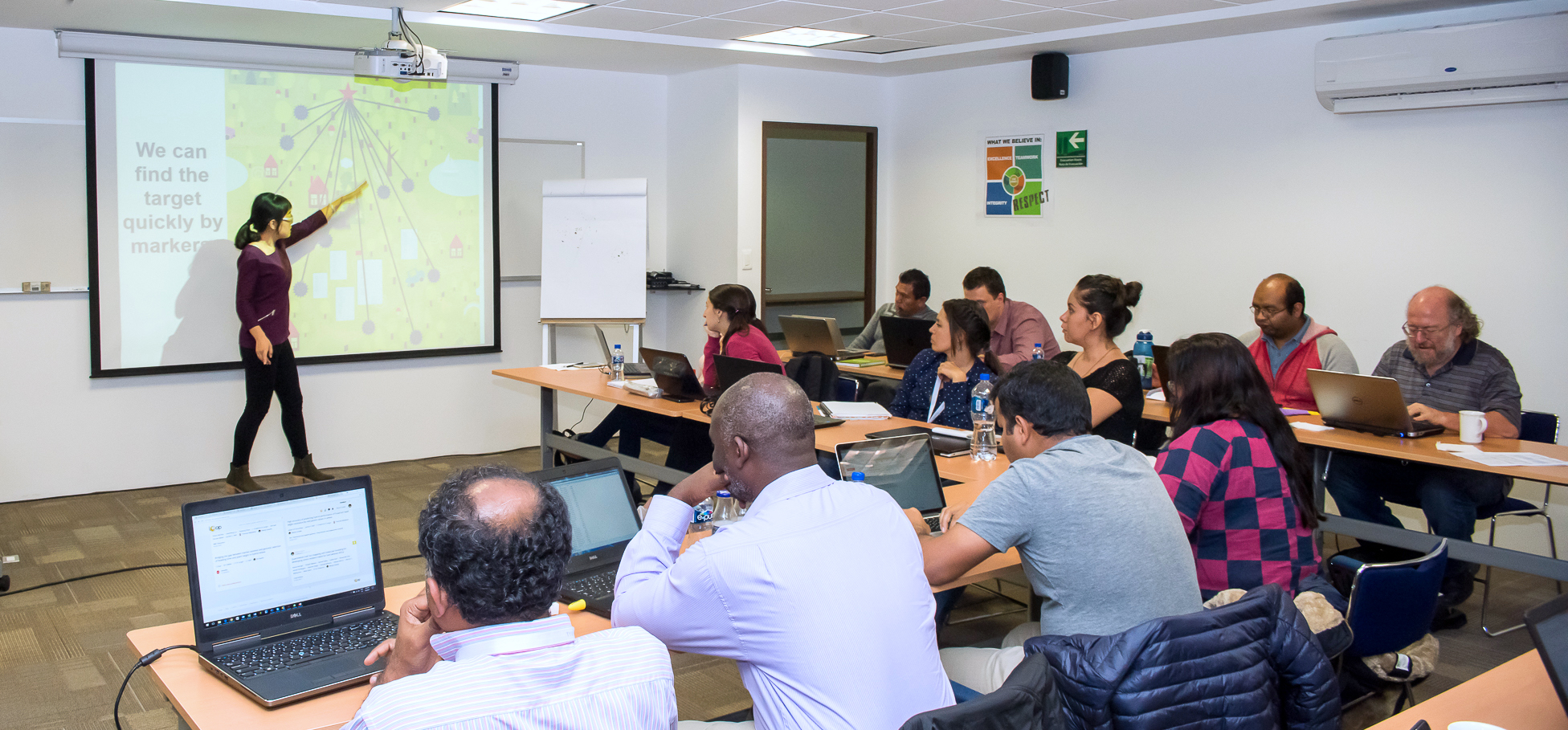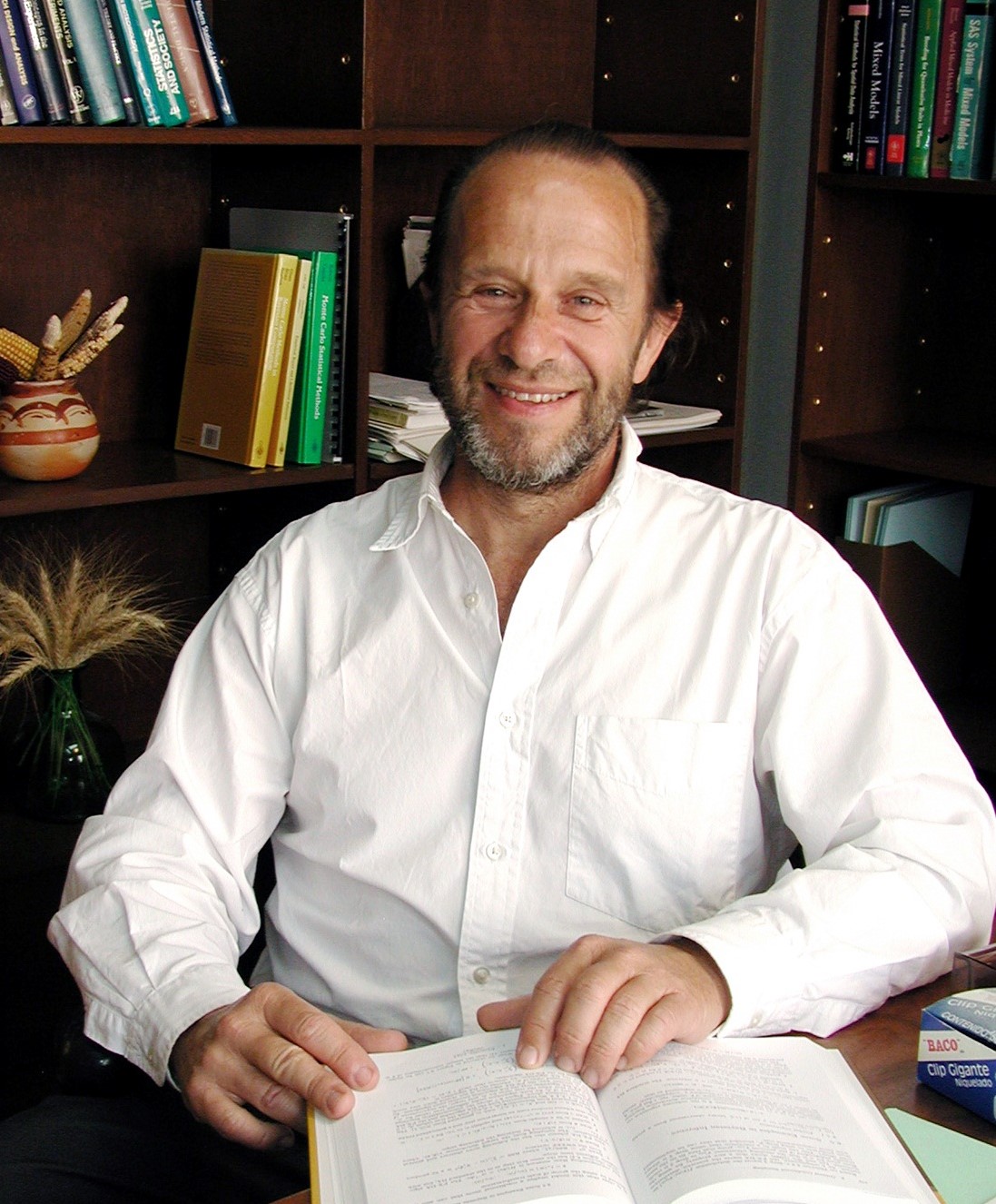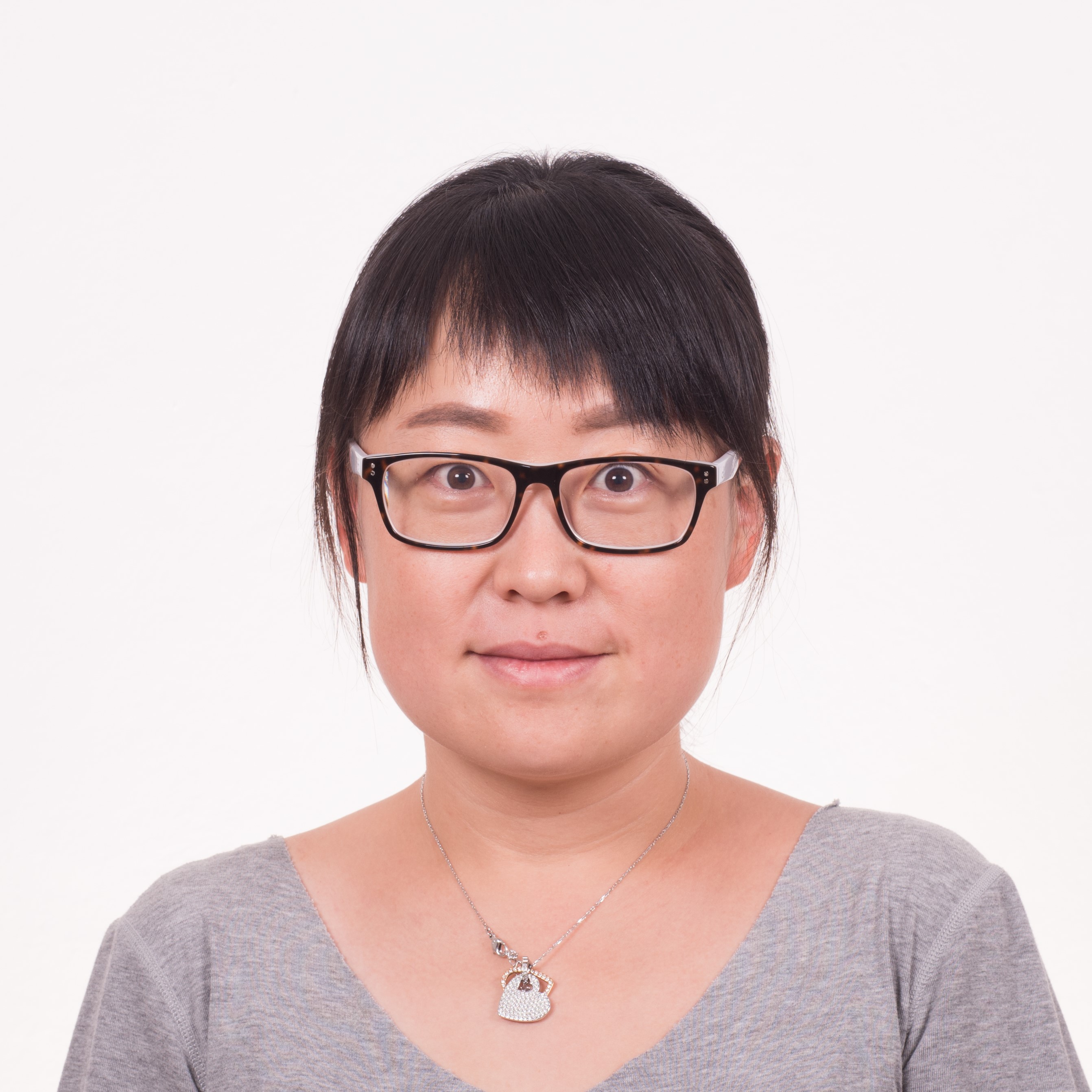The Biometrics and Statistics unit endeavors to enable the success of CIMMYT and partner research programs, through active engagement to ensure the use of best practices in statistics and biometrics.
The Biometrics and Statistics unit aims to:
- Serve as a reference for statistical analysis in breeding, agronomy, biotechnology, pathology, and agricultural socioeconomics at CIMMYT and around the world.
- Be at the edge of knowledge in biometrics/statistical analyses in all areas related to plant improvement and agronomy.
- Provide the best statistical consulting and capacity development to CIMMYT staff and partners.
Strengthening science success through statistics
The Biometrics and Statistics unit has earned a strong reputation for its work on statistical analysis of multi-environment trials and genome selection, as well as its methods for classifying and preserving genetic resources. The unit maintains active links with thought leaders and researchers globally, identifying and adapting cutting-edge statistics to meet the needs of effective and efficient applied research-for-development application.
Highlights of the unit’s efforts to enable excellence within CIMMYT and partner research programs include:
- The development and implementation of efficient statistical frameworks for data analysis and prediction of commercially important traits in wheat. In collaboration with the Department of Plant Sciences (IPV) at the Norwegian University of Life Sciences (NMBU), under the project “Reliable and efficient high-throughput phenotyping to accelerate genetic gains in Norwegian plant breeding (virtual phenomics; vPheno)”, the unit has enabled higher rates of genetic gain in wheat breeding, through the establishment of a reliable analytics framework to effectively leverage precision, high-throughput phenotyping and genomics data. Integration of the approaches, methods and tools developed into an efficient user-friendly system enables wheat breeders to apply the most effective and appropriate tools.
- The development of practical statistical applications — including those in the space of genomic selection, sparse phenotyping and image analysis — which, together with colleagues, have been implemented in the breeding and agronomy activities of CIMMYT and partners, enhancing the efficiency and effectiveness of product development. One example of this is the expanding application of genomic selection in maize breeding in east Africa, moving from proof of concept to implementation in intermediate maturity breeding to expand population size using information from close relatives to advance selection candidates to stage-2 trials based purely on GEBV. Most of these new developments are made available to the scientific community through peer-reviewed scientific journals and book chapters authored and co-authored by the unit’s staff.
- Where access to appropriate, cost-effective, analytical tools is identified to be a key limiting factor to adoption of optimal statistical methods, researchers in this unit develop software packages and scripts to empower the use of appropriate analytics. Access to these tools and resources, including META-R to do multi-environmental trial analysis and GEA-R to conduct genotype by environment interaction analysis, exceeds one thousand downloads per year. These public goods are being used by CIMMYT scientists, public– and private-sector researchers to advance research and product development, and by university professors teaching the next generation of scientists.
Capacity development
Unit researchers provide elementary and advanced statistical courses for CIMMYT’s maize and wheat trainees and partners, in collaboration with other programs. One-on-one training is also provided to staff, visiting scientists and students. Since 2015 the unit has been lecturing the Statistical Analysis of Genotypic and Phenotypic Data for Breeders course to around 50 scientists and students every two years.
The Biometrics and Statistics unit receives university students at CIMMYT’s global headquarters in Mexico, and advises graduate and postgraduate students on applied statistics and statistical genetics at several universities around the world.
To enable the broader use of biometrics and statistics by scientists, the Biometrics and Statistics unit has developed a wide range of scripts and programs, available for free for research and development application.
Contact the Biometrics and Statistics Unit for more information on its research and the upcoming community of practice.




